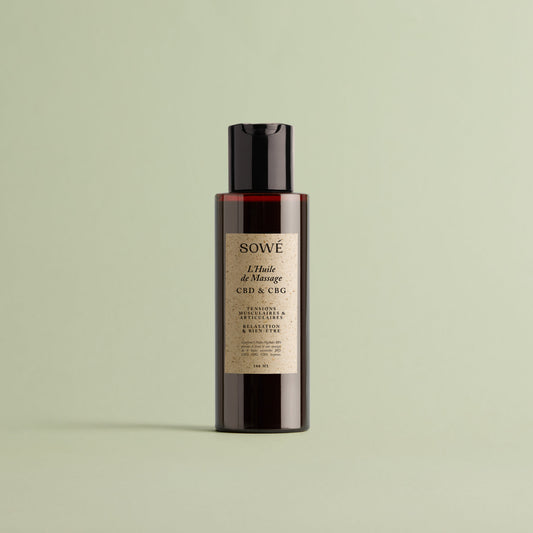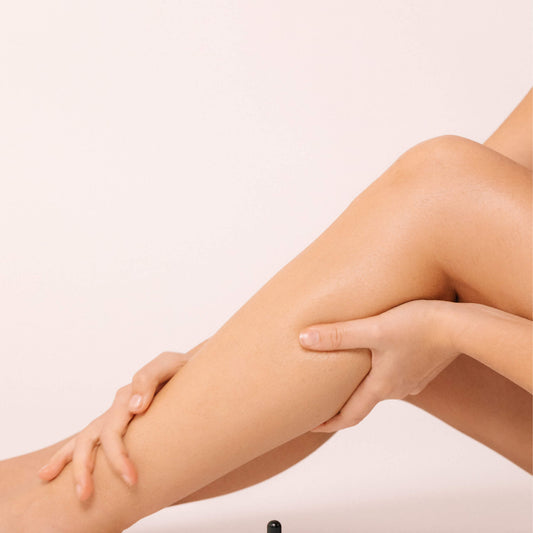The broad spectrum of CBD
Several types of compounds are found in broad-spectrum cannabidiol extract: cannabinoids, terpenes, flavonoids.
Cannabinoids
Beyond the two predominant phytocannabinoids, THC and CBD, there are other identified substances for which knowledge is a little more limited:
- CBC or cannabichromene: non-psychoactive substance which would bind to different receptors of the endocannabinoid system, involved in the transmission of painful messages, thus participating in the principle of the entourage effect when associated with CBD and THC. CBC is also being researched for effects on cancer cells and in inflammation.
- CBN or cannabinol: Cannabinol is a substance resulting from the degradation of THC in its original form, used as a marker for studying the conservation of cannabis products or dried flowers. Its interest could be in inflammation. Research focuses on appetite and bone growth.
- CBL or cannabicyclol
- CBV or cannabivarol
- THCV or tetrahydrocannabivarin: this compound could be of interest in the treatment of obesity, non-insulin-dependent diabetes (type II), post-traumatic stress or Parkinson's disease. It is a minor phytocannabinoid not systematically present in all cannabis varieties.
- CBDV or annabidivarin
- CBCV or cannabichromevarin
- CBGV or cannabigerovarin
- CBG or cannabigerol: plays a role as a precursor which is transformed into other phytocannabinoids during photosynthesis of the plant. This substance would not be psychoactive, that is to say it would not modify mental activity, sensations or behaviors as THC and CBD can do. CBG could potentially have neuroprotective, antimicrobial and stimulating effects of the immune system
Other substances bind to these cannabinoids in the plant and could participate in the therapeutic effects. These are terpenes and flavonoids.
Terpenes
Terpenes are also components of the so-called “broad spectrum” CBD extract. These are the aromatic compounds of the plant, which contribute to its protection against predators and infectious agents.
Certain terpenes have shown their effect, to be confirmed in humans, on endogenous substances, therefore manufactured by the human body, involved in neurotransmission such as serotonin (involved in pain and emotions), GABA or norepinephrine. It should be noted that numerous studies are underway, but most of the therapeutic effects associated with these substances have not been demonstrated.
These molecules have potential therapeutic properties. They are found, just like phytocannabinoids, in the trichomes of the flower, but also in the leaves. Each plant variety contains its own genetic map where a certain number of specific terpenes may appear on the list:
- Myrcene is the majority in cannabis: it could have analgesic, anti-inflammatory, antibacterial and antifungal, antioxidant and neuroprotective properties. It could induce sedative and relaxing effects.
- Limonene, the 2nd most common terpene, acts as an antioxidant, anxiolytic, antibacterial, antifungal and antidepressant substance.
- The pine forest is the terpene most present in nature, it would have anti-inflammatory, bronchial dilator, expectorant, antibiotic, analgesic and anticonvulsant potential. Carophyllene also has anti-inflammatory, anxiolytic, antidepressant, antibacterial and analgesic potential. It would be the only terpene to bind, although weakly, to the cannabinoid CB2 receptor, present in the human body.
Flavonoids
Flavonoids are the molecules responsible for the color and aroma of a plant. Flavonoids also participate in pollination and protect the plant. They have shown, in vivo, anti-inflammatory and antioxidant properties, and even effects on the development of cancer cells. They are mainly found with terpenes and phytocannabinoids in flowers and leaves. The main flavonoids found in cannabis are cannflavin A, B and C, vitellin and isovitexin, apigenin, quecetin, lutein, orientons and kaempferol.
The total or entourage effect
All of the active and useful molecules of the plant constitute the total. However, none of these molecules taken separately is generally capable of reproducing the same effects as the original plant.
This is the principle of the entourage effect where the whole, that is to say the whole plant or part of a plant used, is greater than the sum of each of its components. In other words, in herbal medicine, 1 + 1 = 3.
Properties of broad spectrum CBD oil
The benefits of CBD on the skin
Just like CBD isolate and According to the European Commission, via their cosmetic ingredient database the CosIng, CBD lists no less than 4 convincing effects:
- Anti-seborrhea: Helps control sebum production
- Moisturizer: Maintains the skin in good condition
- Protective: Helps avoid the harmful effects of external factors on the skin
- Antioxidant:Inhibits reactions favored by oxygen, thus preventing oxidation and rancidity
However, the effects of CBD on the skin are not limited to simple sebum regulation. Numerous studies have demonstrated other benefits, CBD is said to be soothing, healing, anti-acne, antibacterial, anti-inflammatory, anti-aging.
The benefits of CBD on our body
To understand the complexity of cannabidiol (CBD) and its broad spectrum, you must know that the human body has the capacity to manufacture and degrade substances comparable to the cannabinoid substances previously described and contained in cannabis or hemp flowers, called " phytocannabinoids" because of natural origin.
It is a regulatory system in mammals that participates in many essential functions such as sleep or appetite. If the immune system and the nervous system are the best known, the endocannabinoid system, also called SEC, was discovered 30 years ago.
It plays a crucial role in regulating many physiological functions of the body by helping it find or maintain balance.
The four main objectives of the SEC include:
- neuro-protection
- recovery after stress
- immune balance
- homeostatic regulation which allows a living being to maintain physiological balance inside its body despite contrary external conditions.
In situations of excessive stress, for example, this system is activated and allows the body to return to a normal state. If necessary, we therefore produce our own cannabinoids: endocannabinoids.
To understand everything on video, you canconsult the capsules produced by an expert and addictologist, René Maarek here.

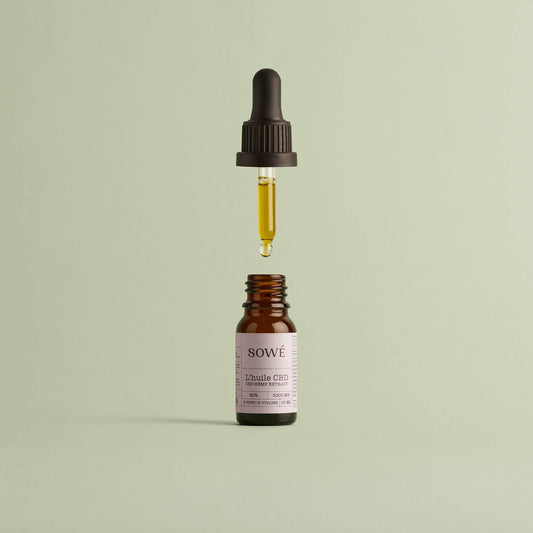
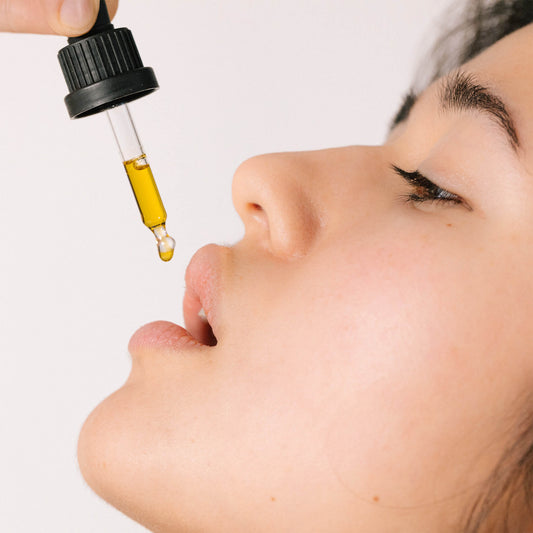 Special offer
Special offer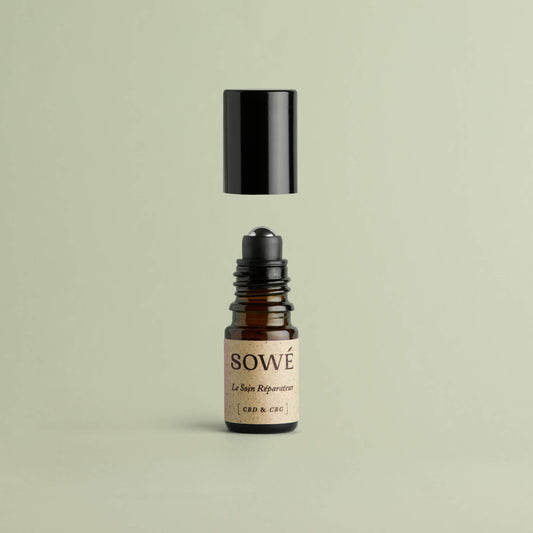
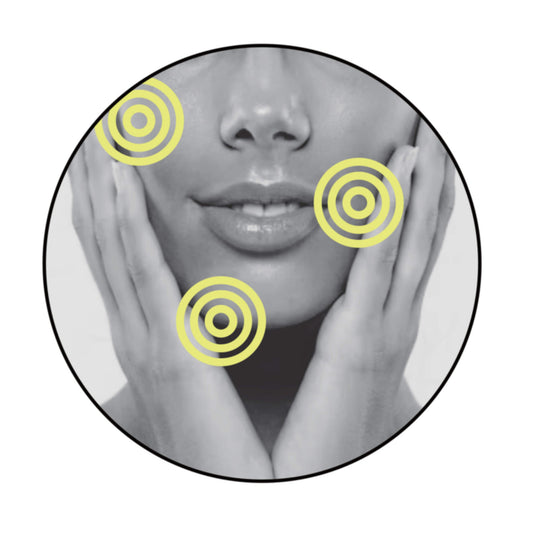 Special offer
Special offer



